A replacement capacitor is relatively inexpensive and easy to find. The part is marked with its microfarads and voltage. If the value is low, you need to replace it. A voltmeter will show the capacitor's microfarads. It will be swollen and bulged at the sides. If you don't know what the number means, call the manufacturer. If you're not sure, you can look up the microfarads by reading the manufacturer's specifications.
To replace the capacitor, check the microfarads. The microfarads are a measure of the capacitor's size. When it's too low, replace it. If the microfarads are too high, the capacitor will burst and the AC won't work properly. If the capacitor doesn't have these numbers, a replacement may be necessary. When replacing a capacitor, it's important to match the same specifications as the old one.
If you can't remember the microfarads, check the existing unit. When your AC unit is ready to start, you'll know it's the capacitor. If it's not starting within a few seconds, it's likely due to a bad capacitor. Luckily, this is an easy fix. Just take the time to learn about the different parts of your system and get a quote from your local contractor supply company.
If your air conditioning system isn't running properly, you'll need to replace the entire unit. You will need to find the access panel by opening the access panel. Use a nut driver to remove the screws. Once the access panel is removed, remove the old air conditioning capacitor. The new one should have the same specs. To check the microfarads, you can compare them with the old one using a voltmeter.
Before you replace the Air Conditioning Capacitor, you must know the microfarads of the old unit. The new one should have the same capacitance and voltage. Do not replace a low-quality capacitor with a low-quality unit. A low-quality capacitor will result in high-energy bills and a poor performance. It's best to buy a new capacitor in the same color as the old one.
If your air conditioner's capacitor is shot, you should replace it as soon as possible. This is an important step because it could lead to a potentially dangerous situation. If the capacitor is shot, it will have a swollen top and look like it's about to explode. If you notice this, it's time to replace it. Once you've replaced the old one, you need to test the new capacitor.
The new capacitor should be positioned on the same spot as the old one. It is usually secured with a mounting strap. Connect the wires on the old air conditioning cap to the appropriate posts on the new one. The fan wire should be attached to the "Fan" post of the new one. The common and compressor wires should be connected to the "C" post. When the air conditioning capacitor is installed, the capacitor should be connected to the electrical components.
To replace an air conditioning capacitor, you need to know the capacity and voltage of the old one. The old capacitor's capacitance will be listed on the side of the new one. If the current level is low, you must replace the old capacitor with a higher-rated one. If you don't have this information, you should contact the manufacturer of the air conditioner to ask for a replacement. The air conditioning cap is a pretty common part, so it should be easy to find.
The new capacitor should be mounted in the same spot as the old one. A mounting strap will be helpful in this process. Lastly, connect the wiring to the proper posts on the new air conditioning cap. The fan wire should be connected to the "Fan" post of the new air conditioning cap. The common wire should be connected to the "C" post. After all the wiring is installed, power the unit can be switched on.
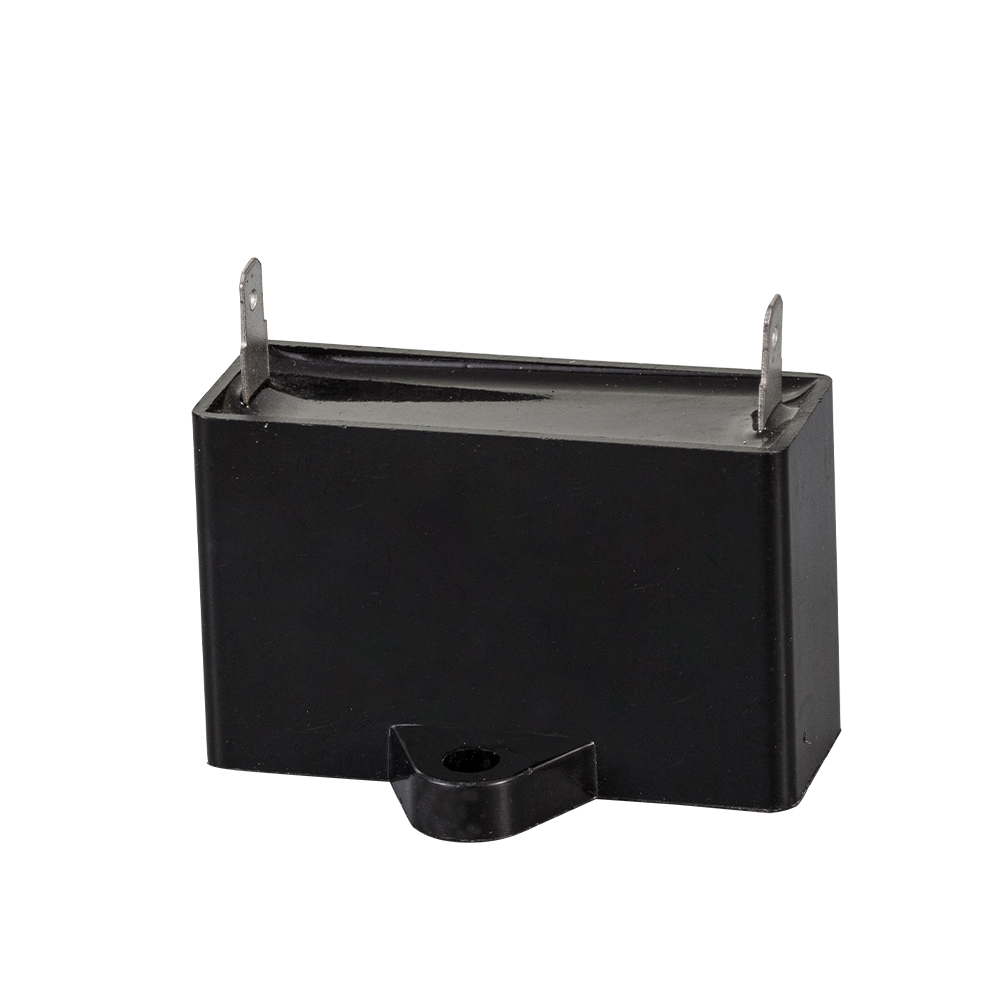

 简体中文
简体中文 English
English Español
Español عربى
عربى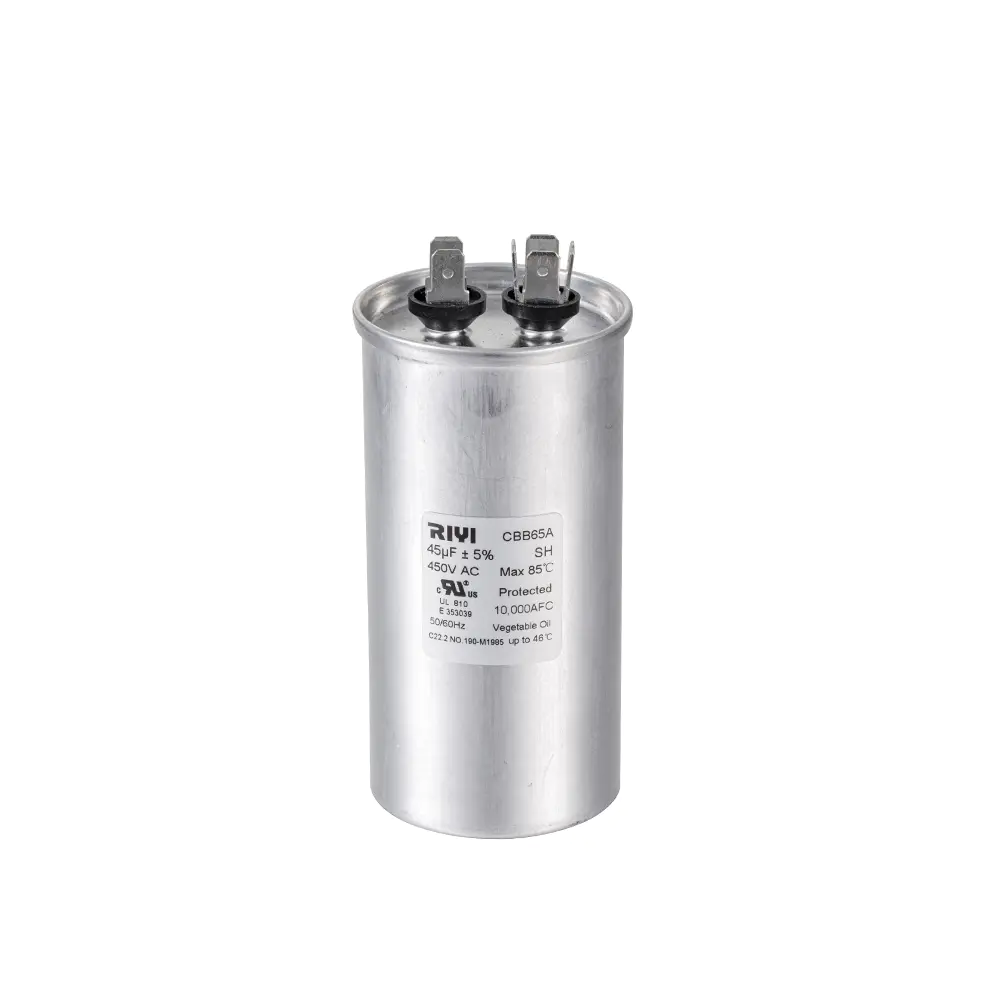
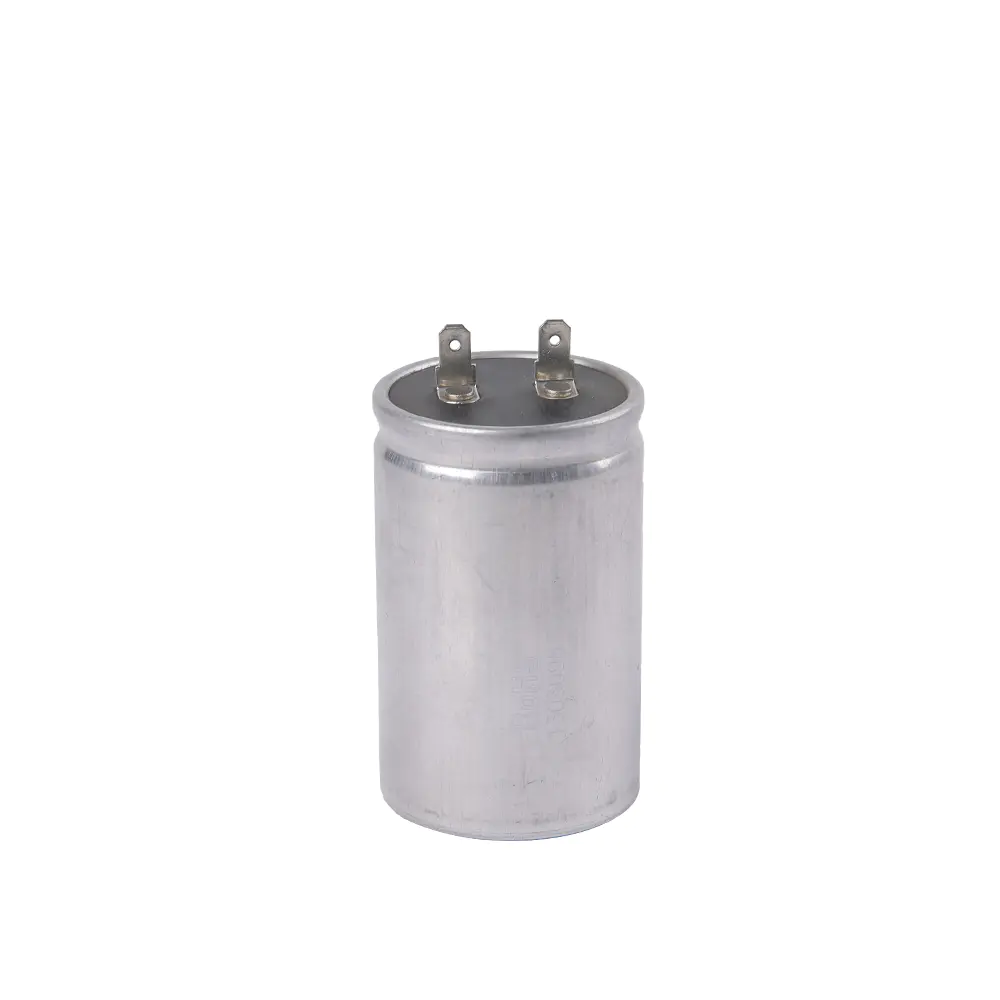
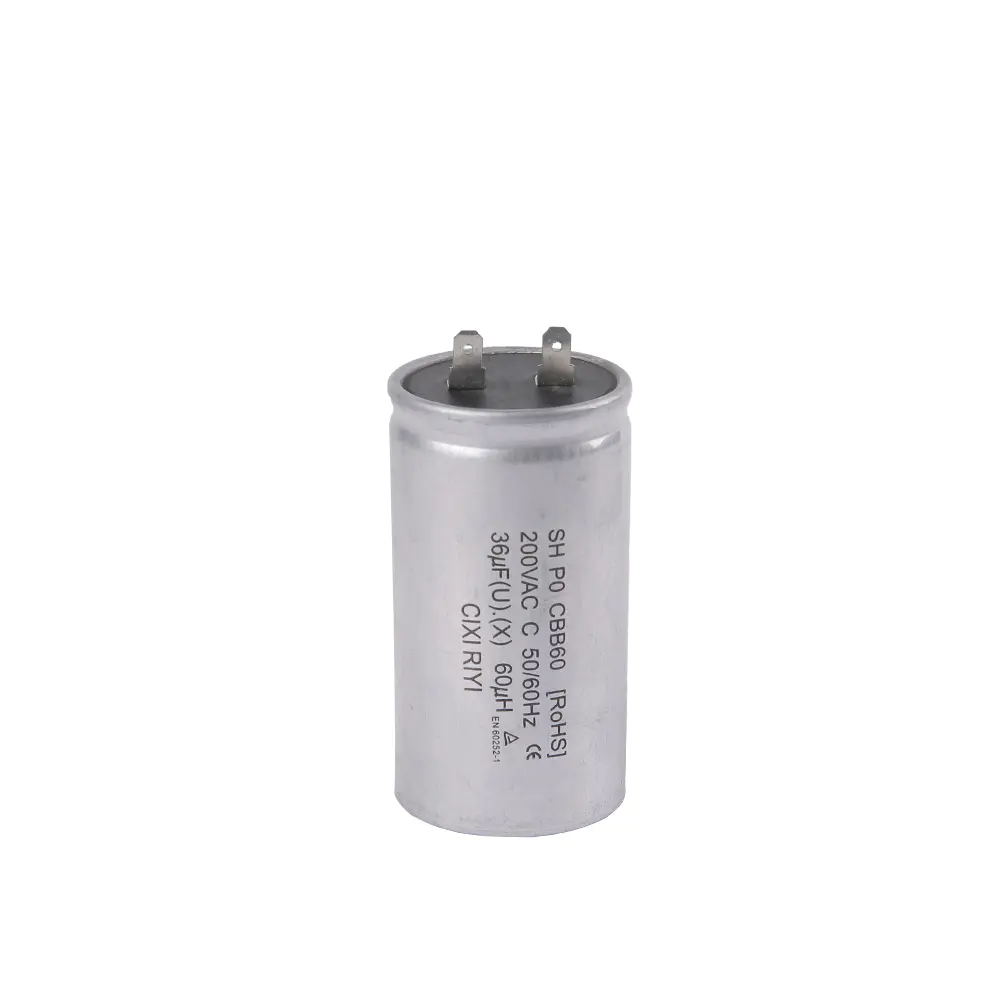
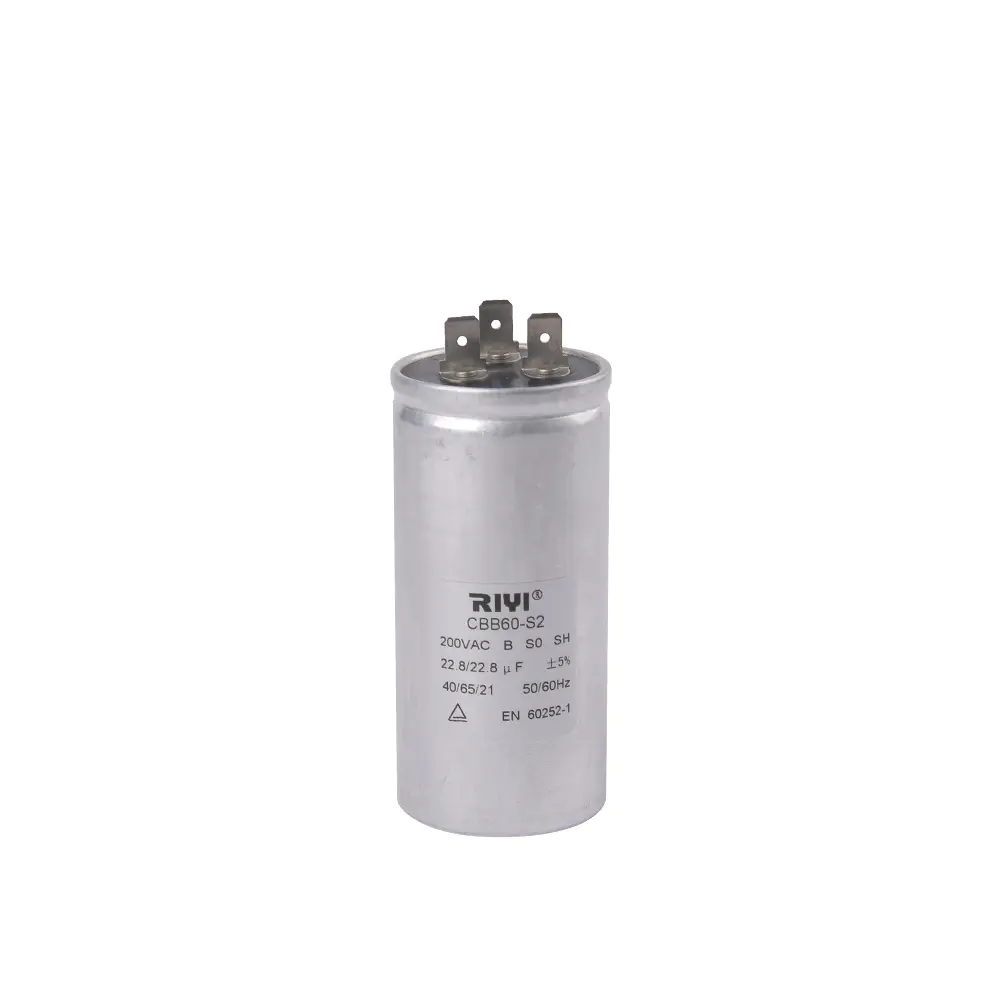
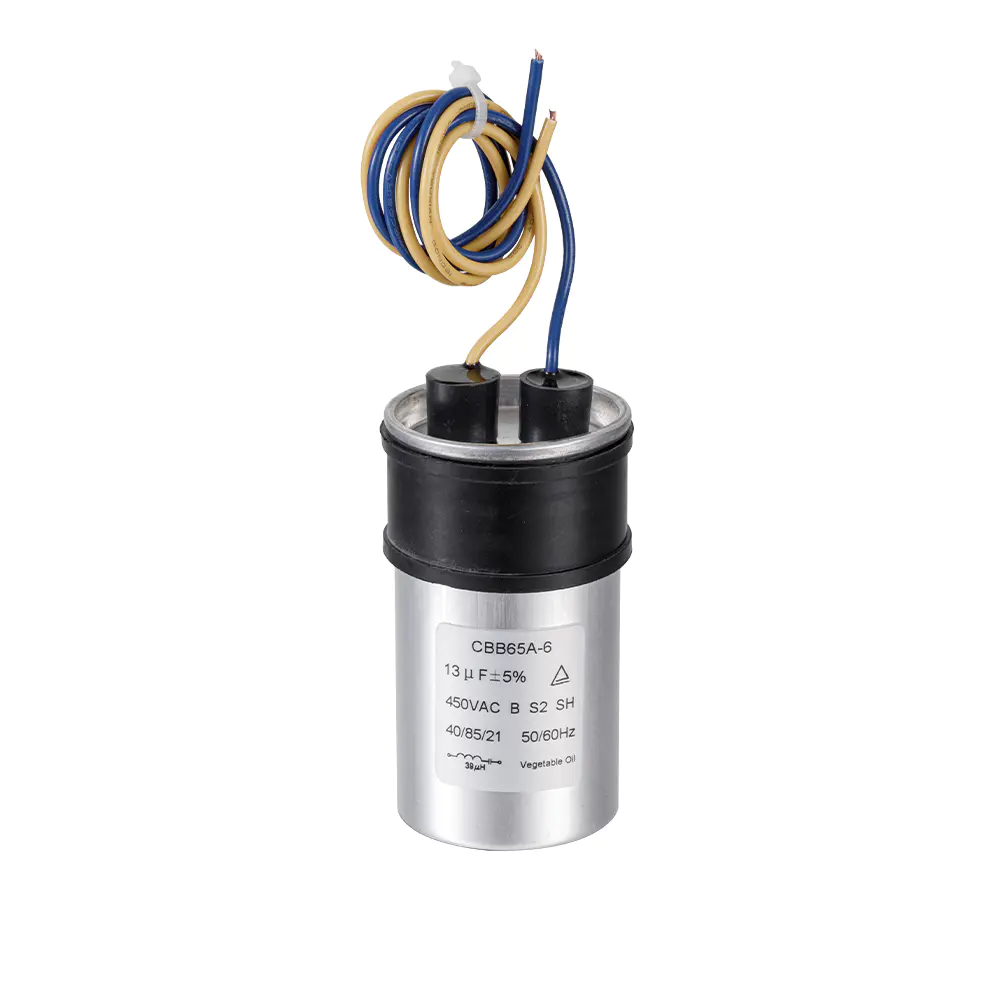
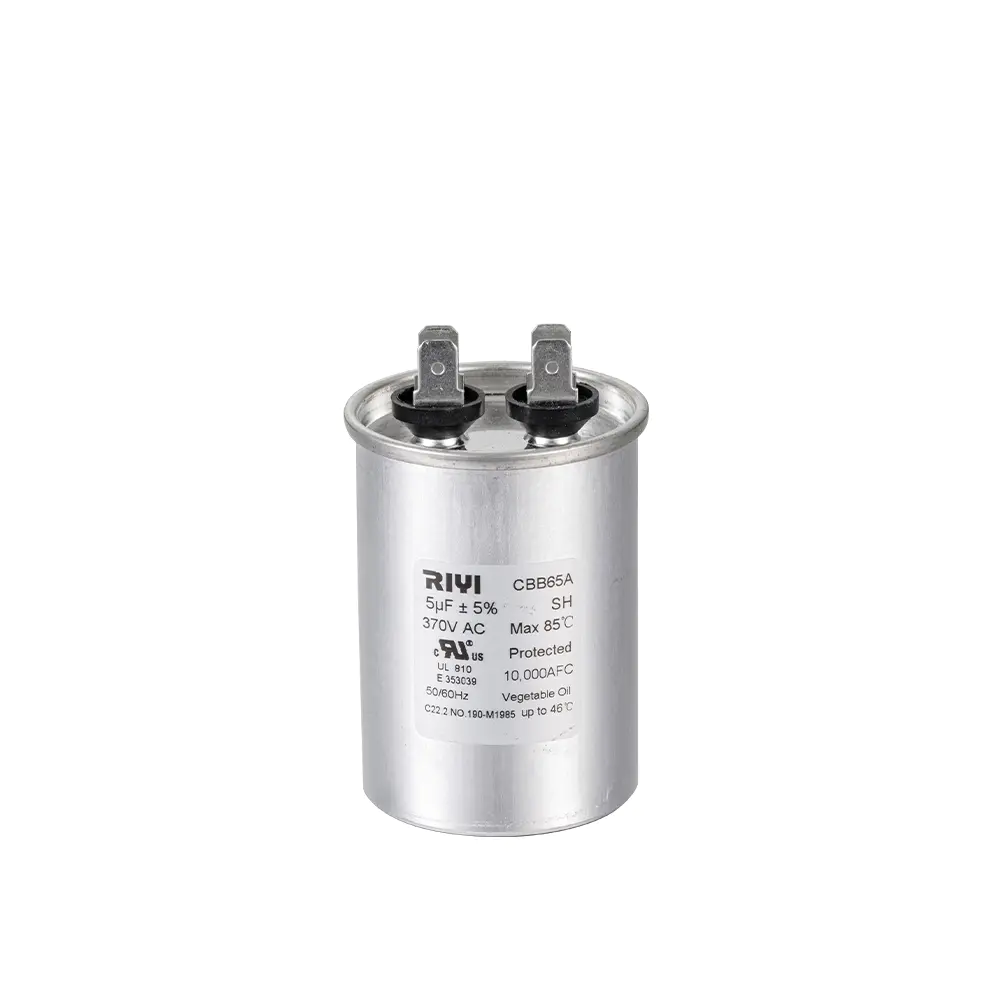
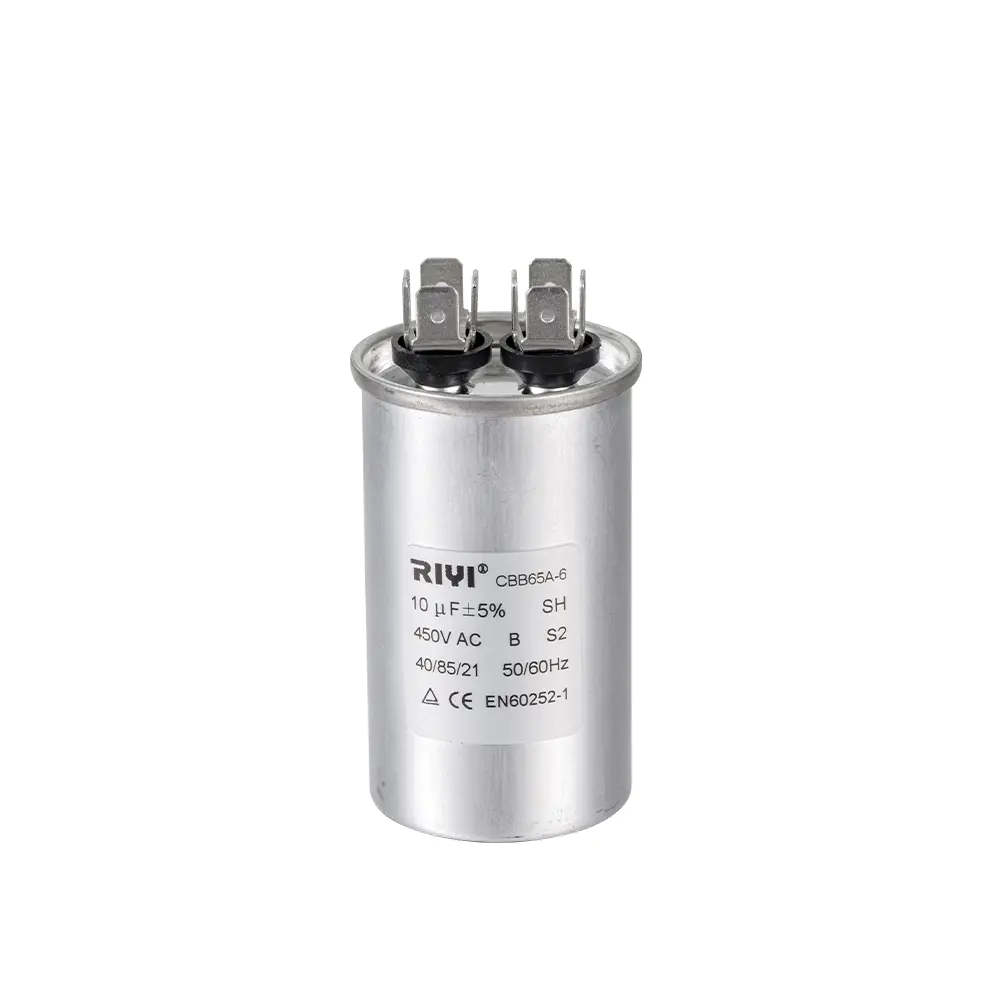
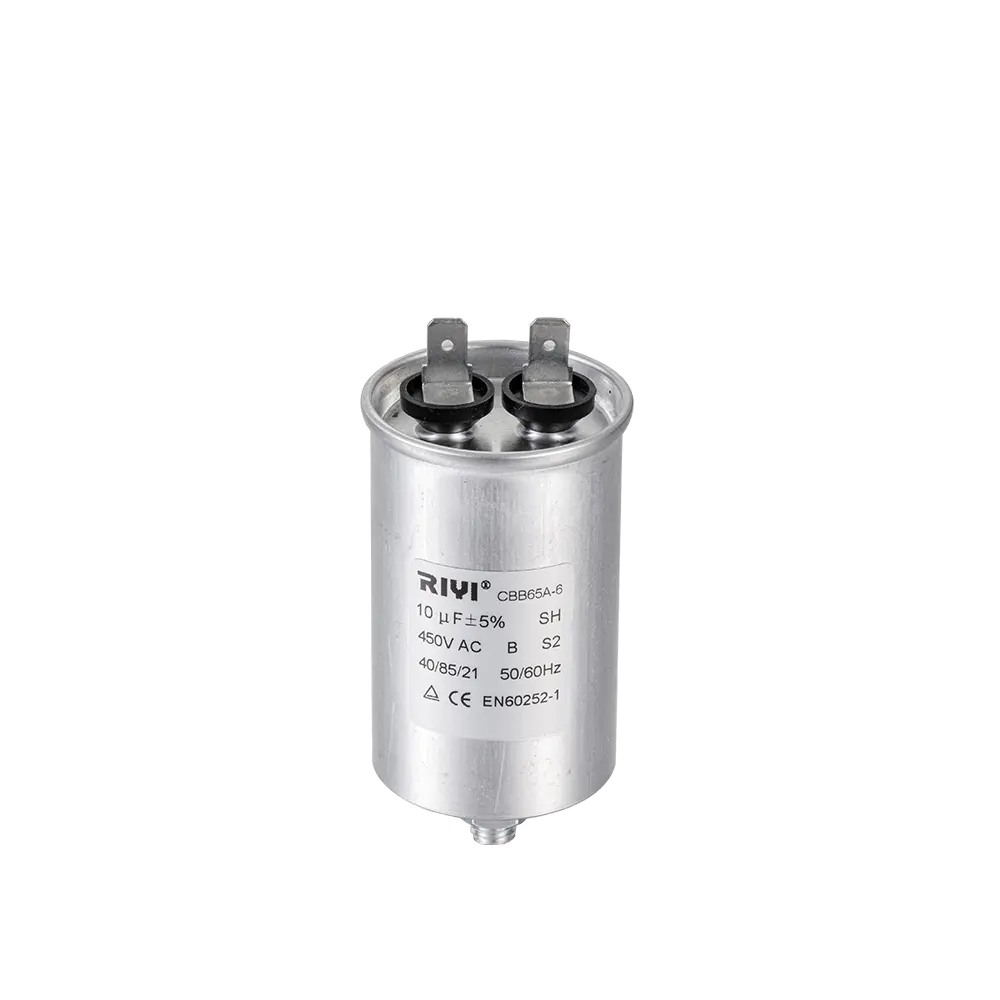
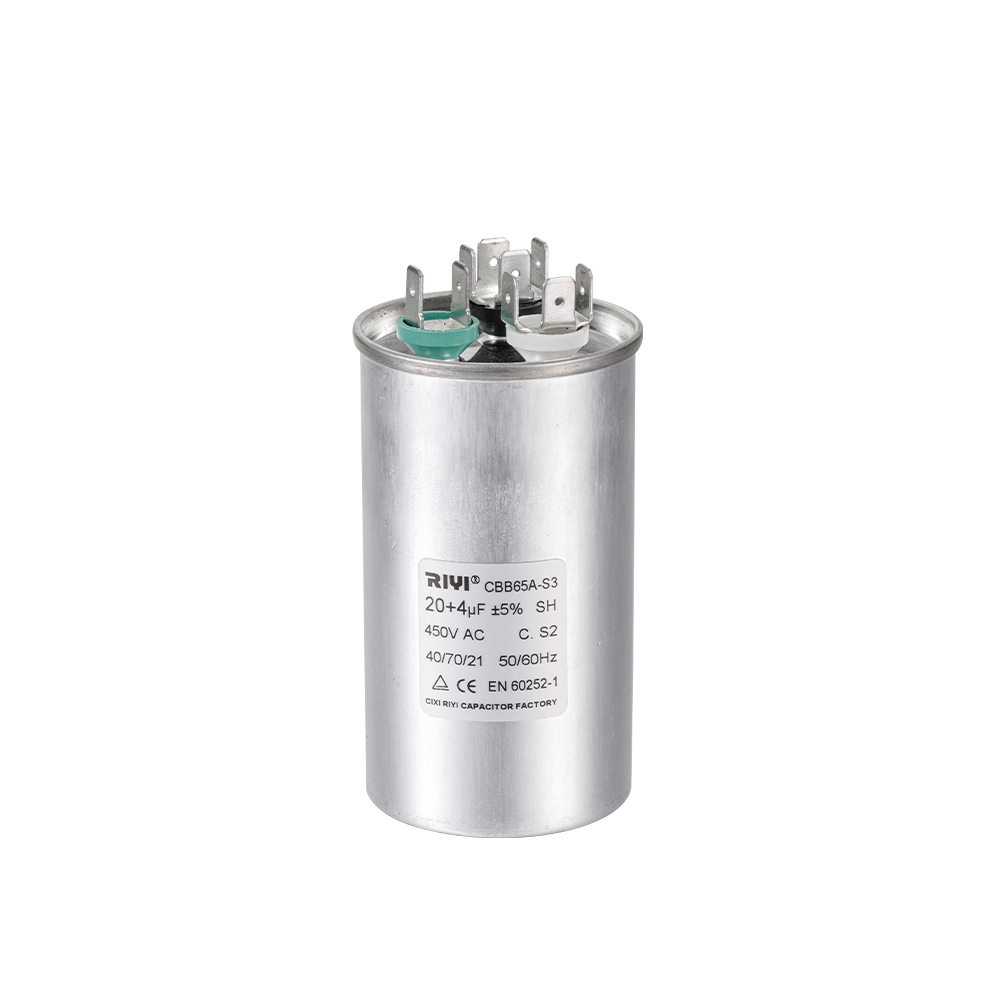
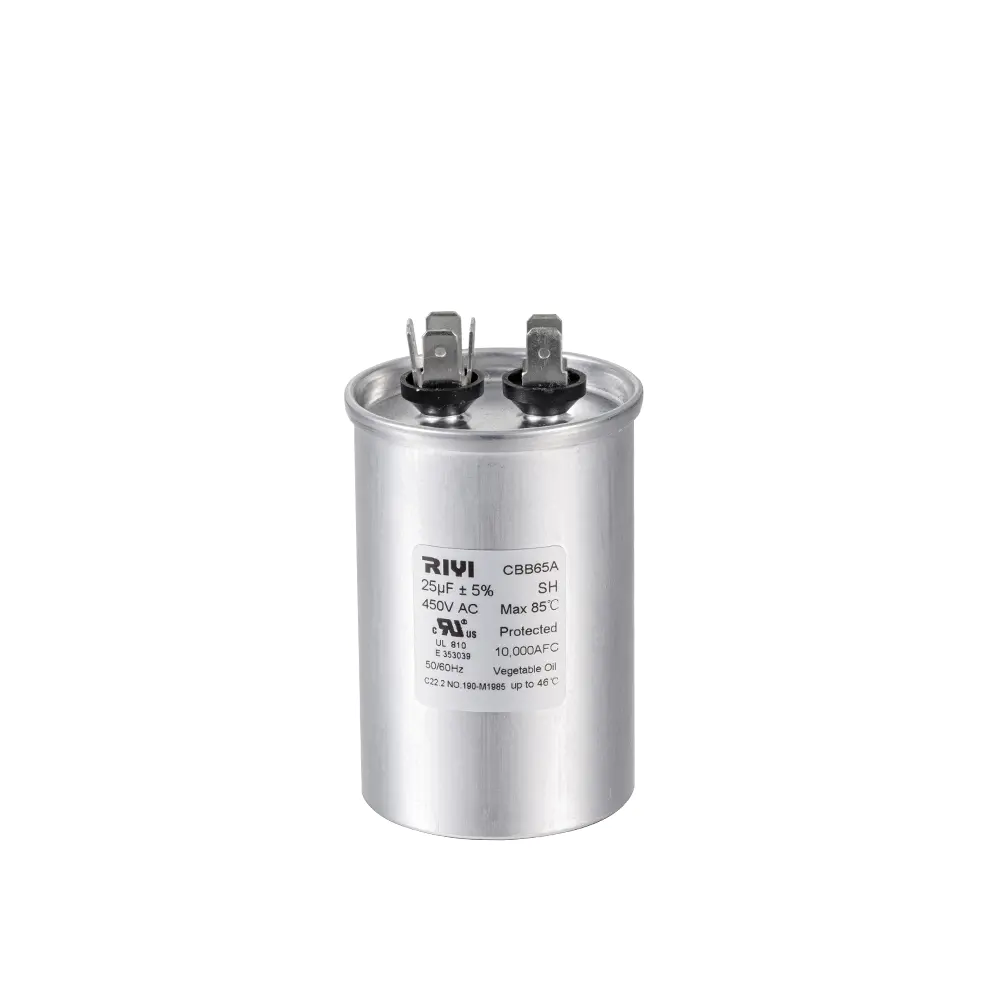
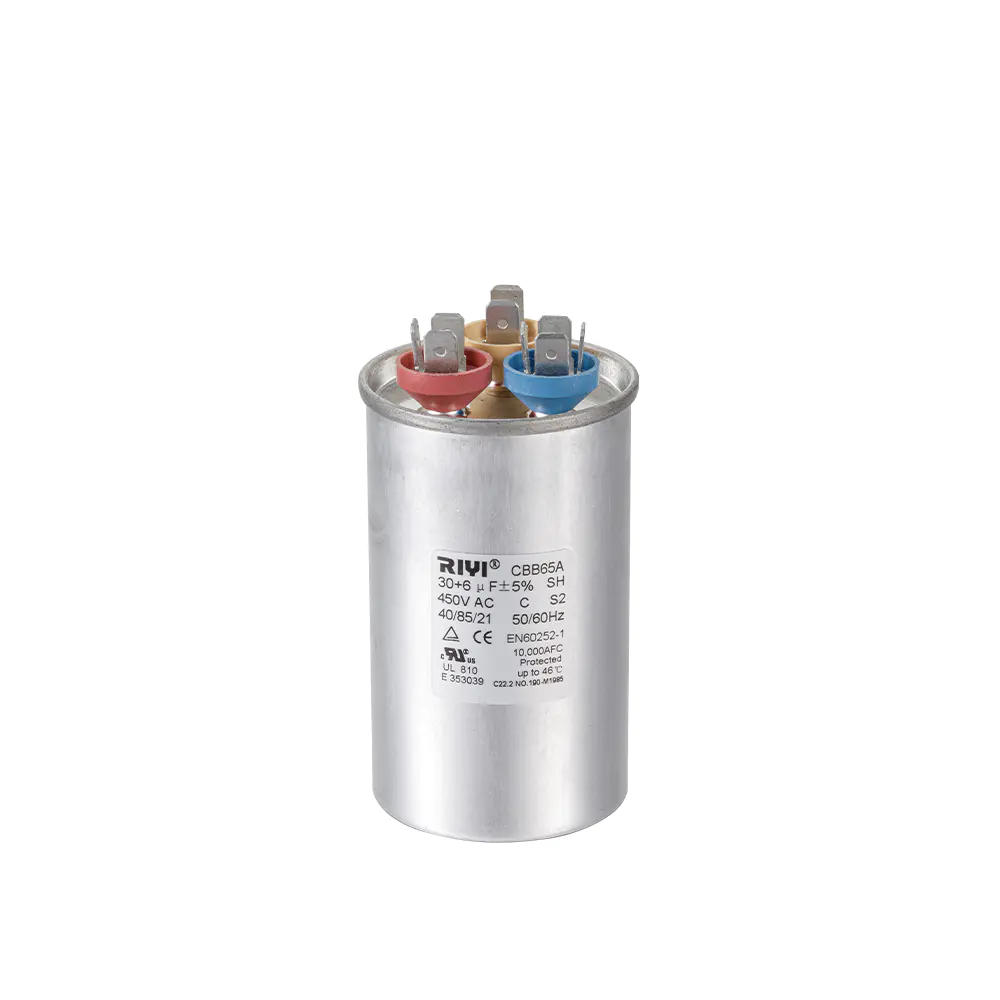
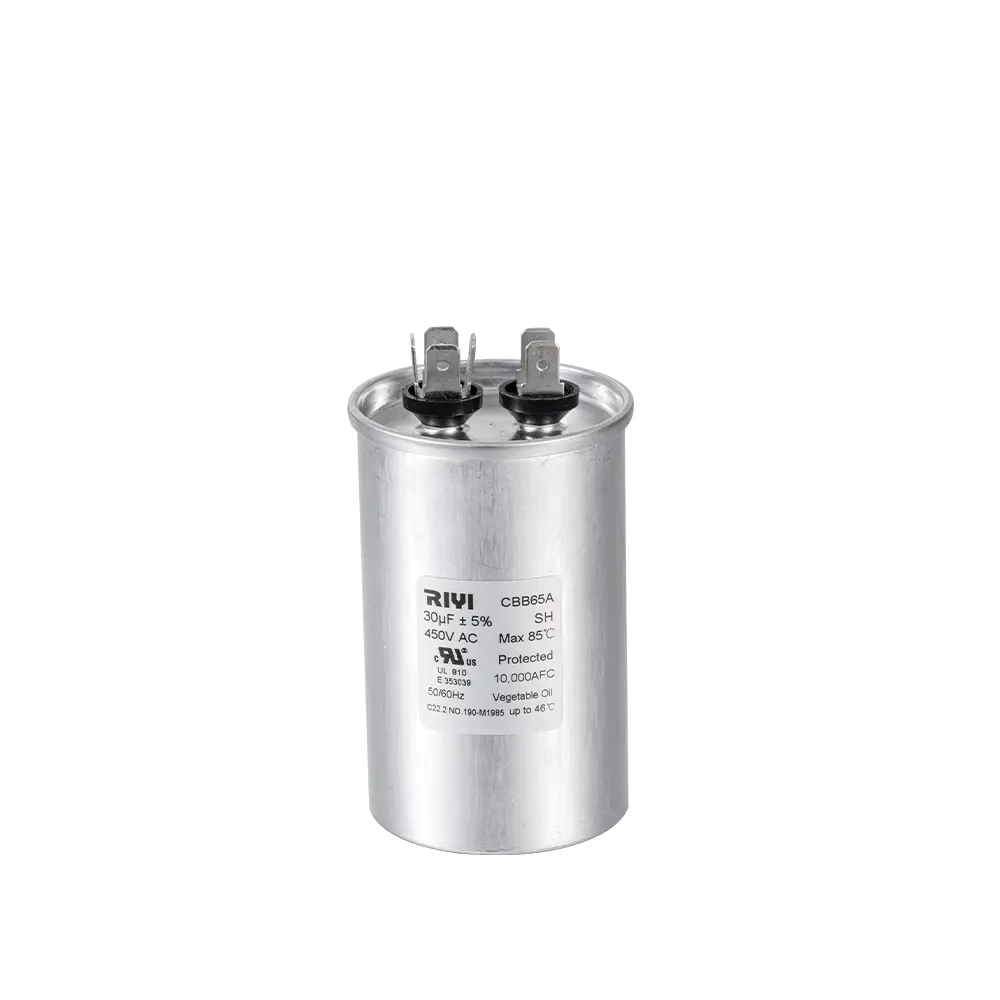

 +86-13600614158
+86-13600614158
 +86-0574-63223385
+86-0574-63223385 Zonghan Street,Cixi City,Zhejiang Province,China.
Zonghan Street,Cixi City,Zhejiang Province,China.